2841 Turner Rd. Auburn, ME 04210
At CLH & Son, we specialize in culvert sliplining, a proven method for restoring aging culverts without the need for full replacement. Our advanced sliplining techniques reinforce existing culverts, improving their structural integrity, increasing hydraulic capacity, and extending their lifespan for decades. Serving municipalities, contractors, and private clients across New England, we provide cost-effective, long-lasting solutions for failing drainage systems.
What is Culvert Sliplining?
Culvert sliplining is a trenchless rehabilitation technique that involves inserting a new liner inside an existing culvert to restore its function and prevent further deterioration. This method eliminates the need for extensive excavation, reducing costs, environmental impact, and traffic disruptions. Sliplining is ideal for stormwater drainage, highway culverts, and municipal water management systems.
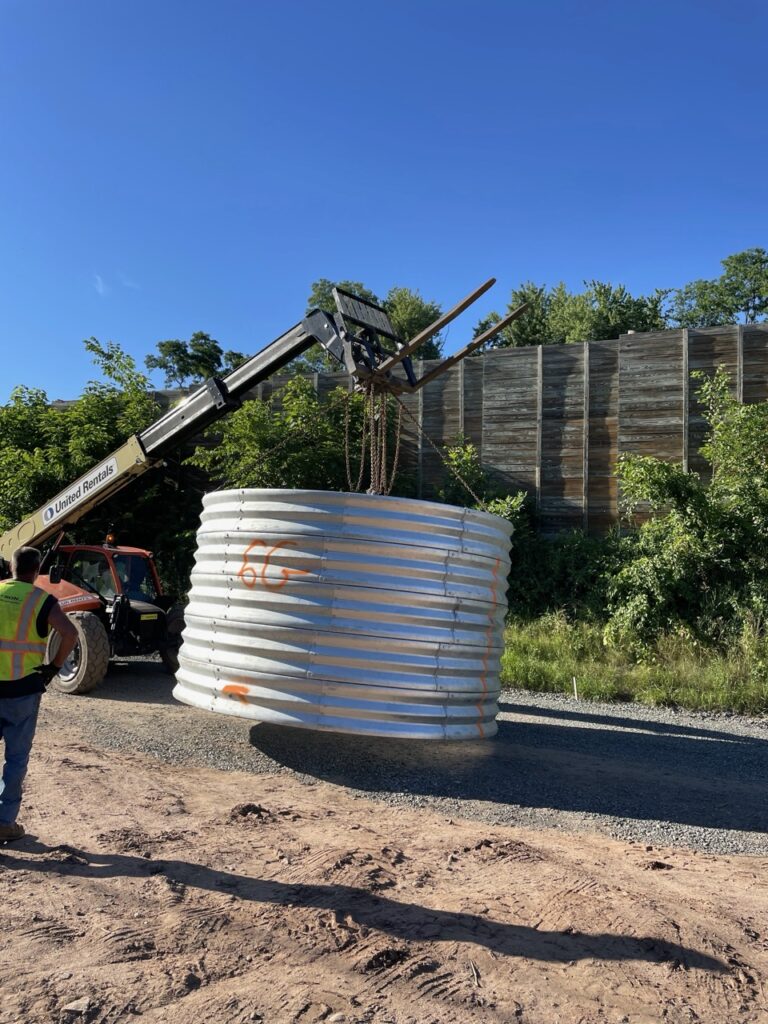
We offer a full range of excavation and utility services, designed to meet the needs of various industries and projects, including:
Minimal Excavation
No need to remove the existing culvert, reducing site disruption.
Cost-Effective
Extends the life of aging culverts without costly replacements.
Improved Hydraulic Capacity
Enhances water flow efficiency and reduces blockages.
Long-Term Durability
Sliplining materials are resistant to corrosion, erosion, and environmental wear.
Environmentally Friendly
Less soil disturbance, minimal impact on wildlife, and improved water quality.
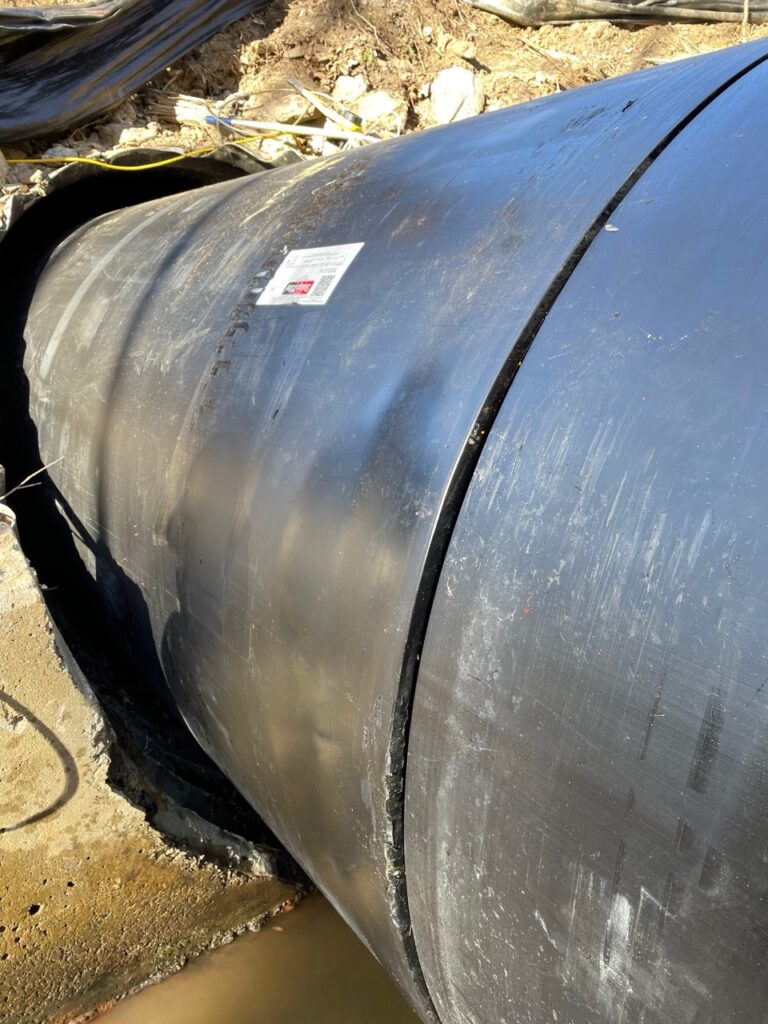
At CLH & Son, we follow a systematic approach to ensure the success of every culvert sliplining project:
Inspection & Assessment – We conduct a thorough evaluation using advanced CCTV cameras and inspection tools to assess the culvert’s condition.
Preparation & Cleaning – Debris, sediment, and obstructions are removed to ensure proper liner installation.
Liner Insertion – A durable pipe liner (HDPE, PVC, or composite materials) is inserted into the existing culvert.
Grouting & Sealing – The annular space between the old culvert and new liner is filled with structural grout for stability and strength.
Final Inspection & Testing – We ensure the rehabilitated culvert meets all safety and performance standards before project completion.
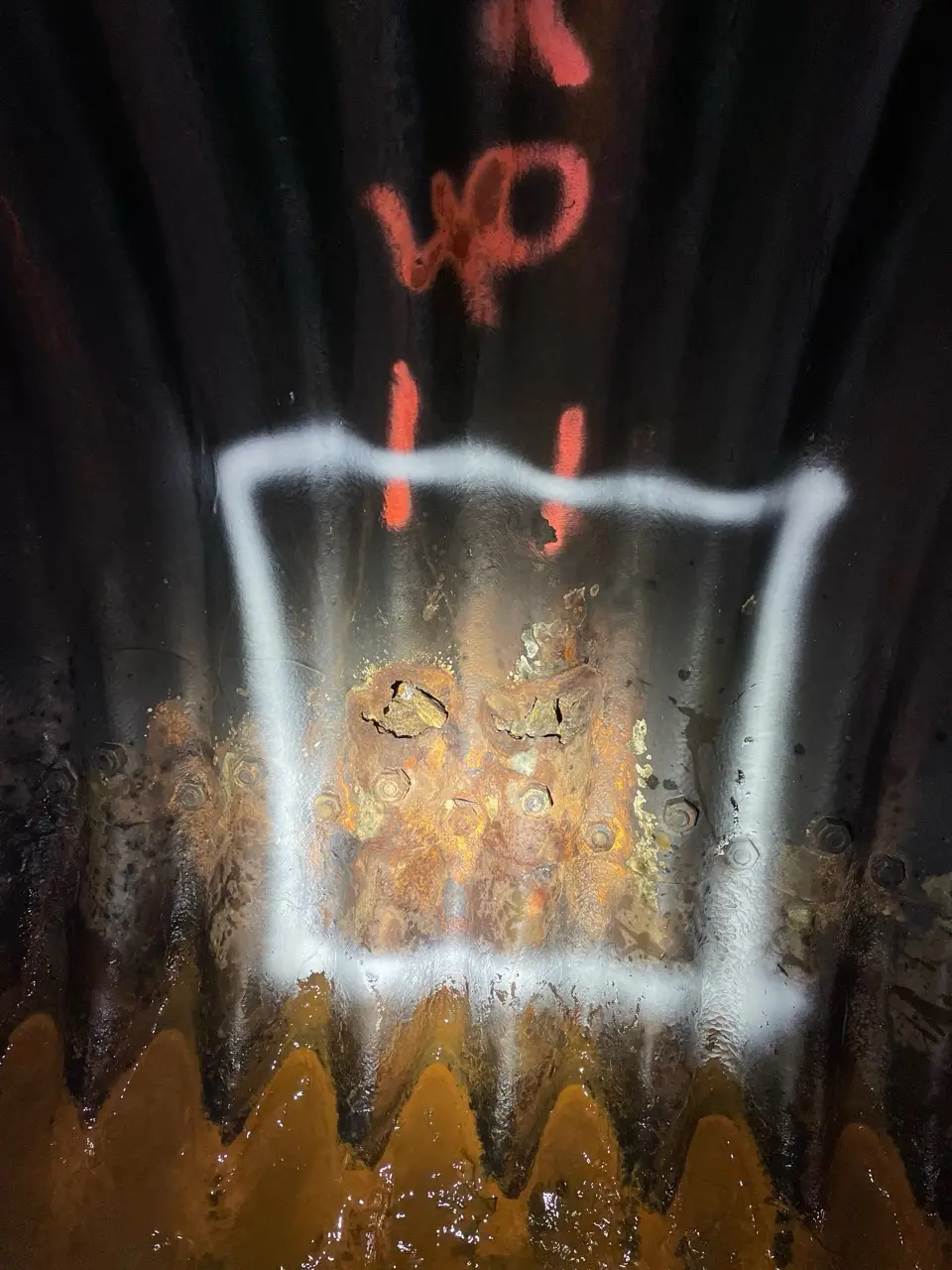
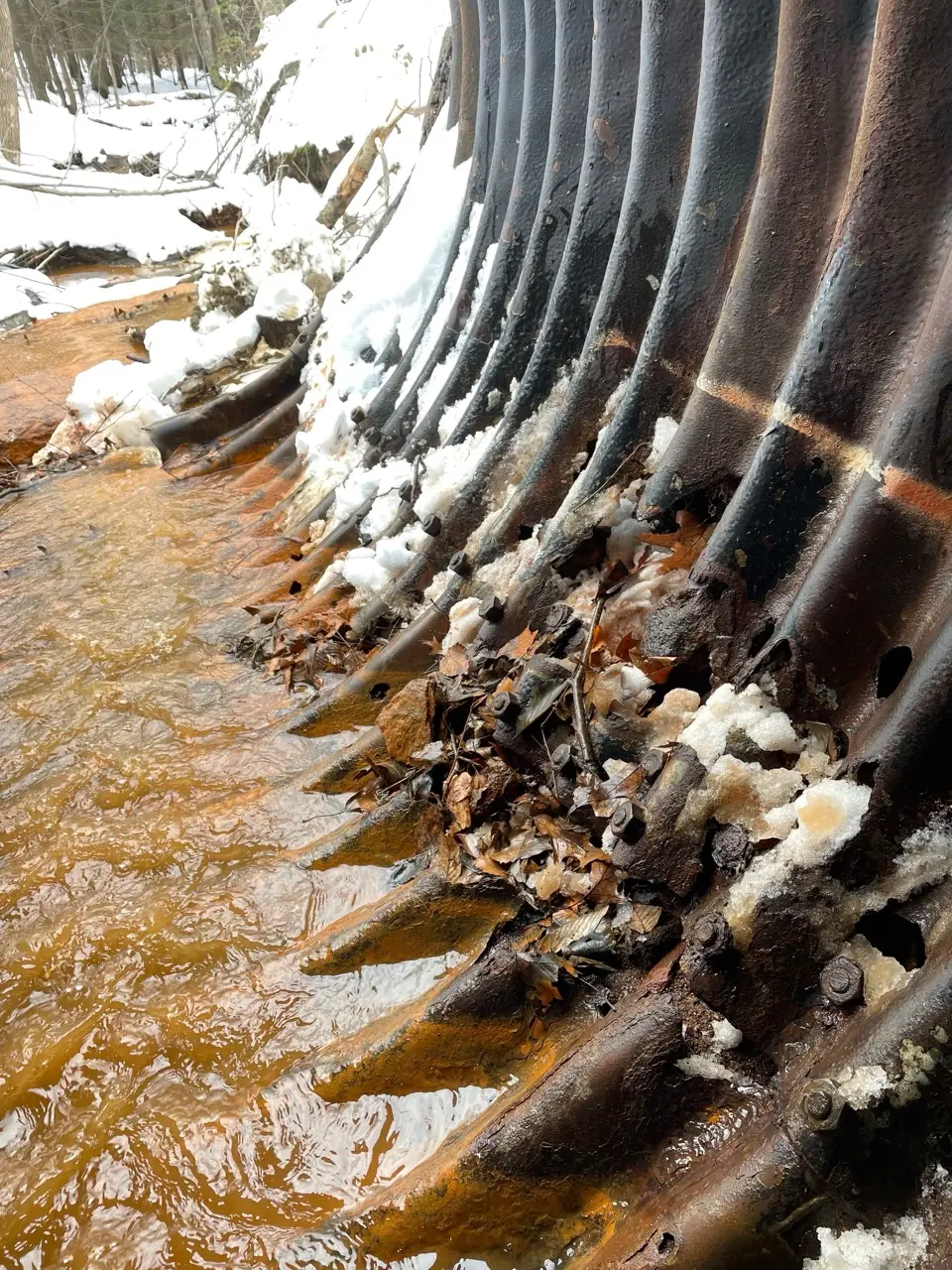
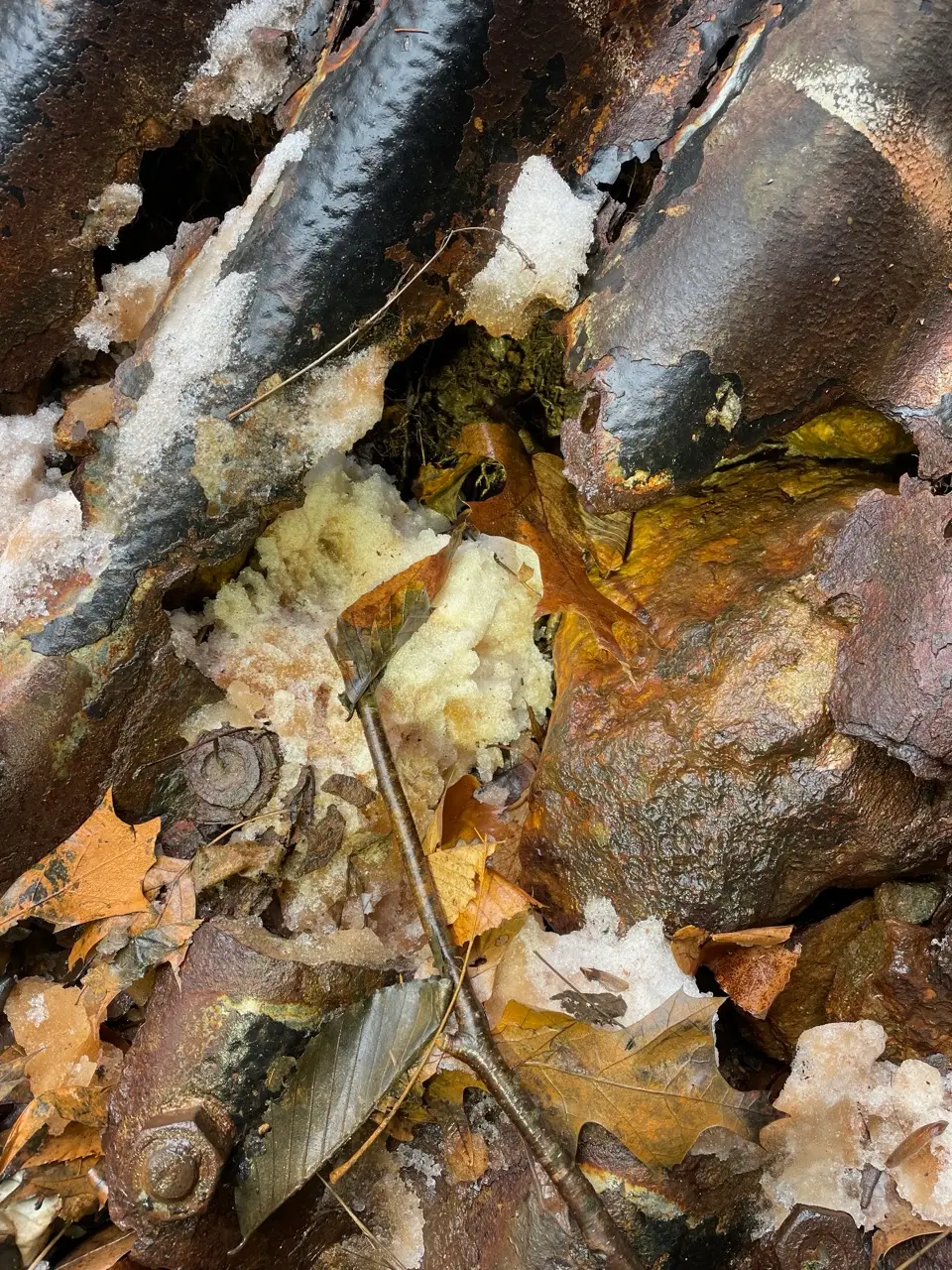
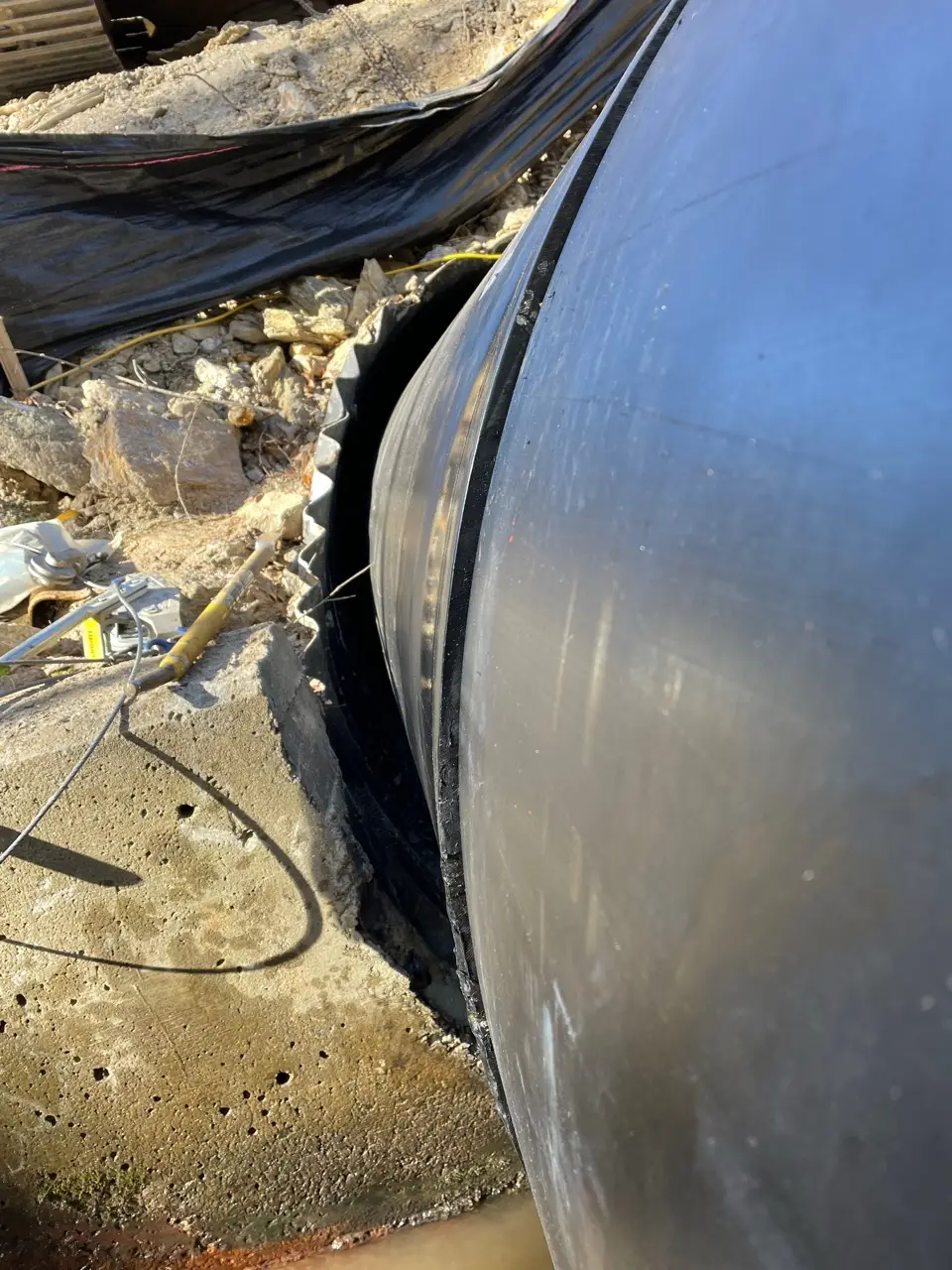
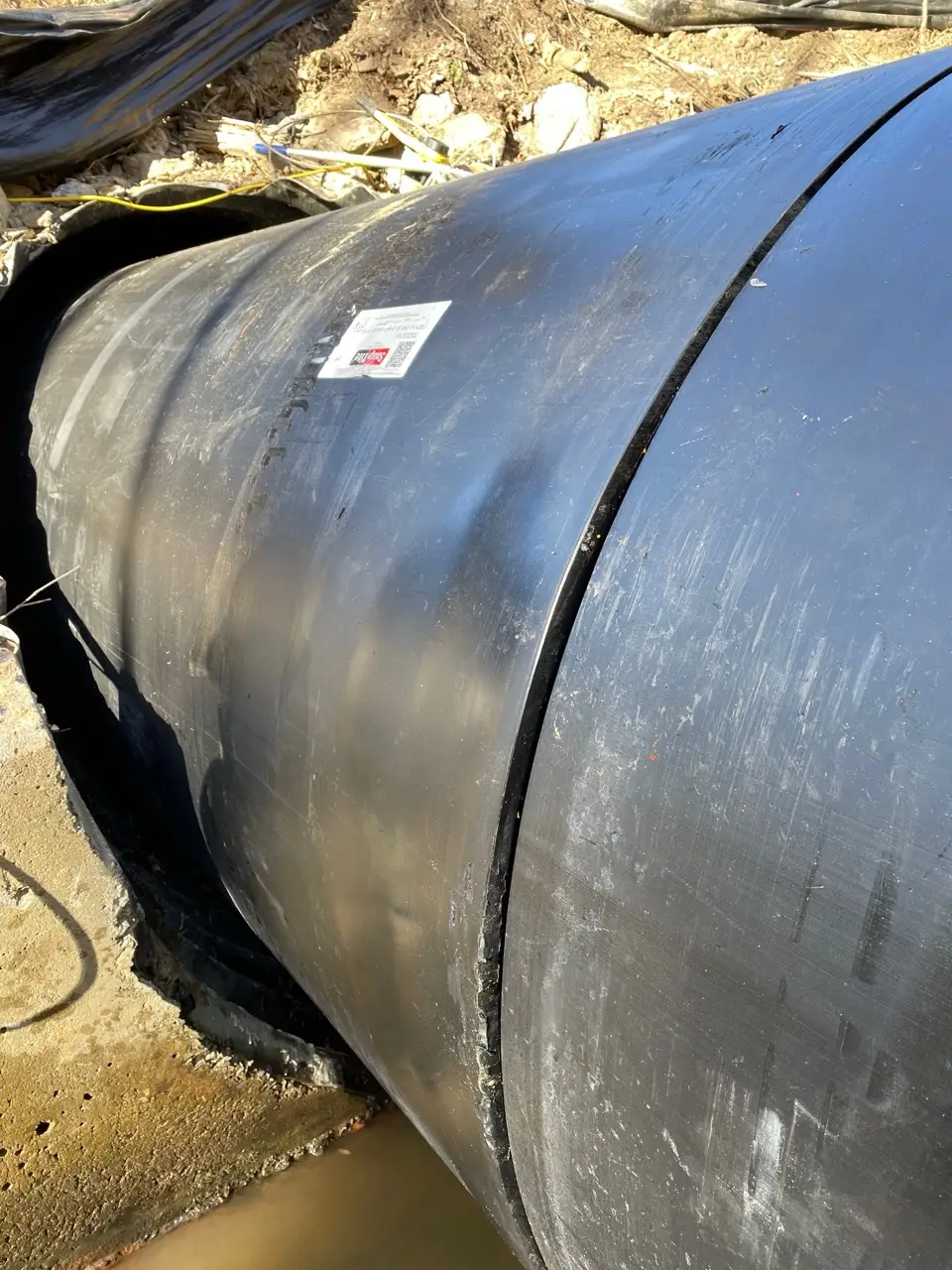
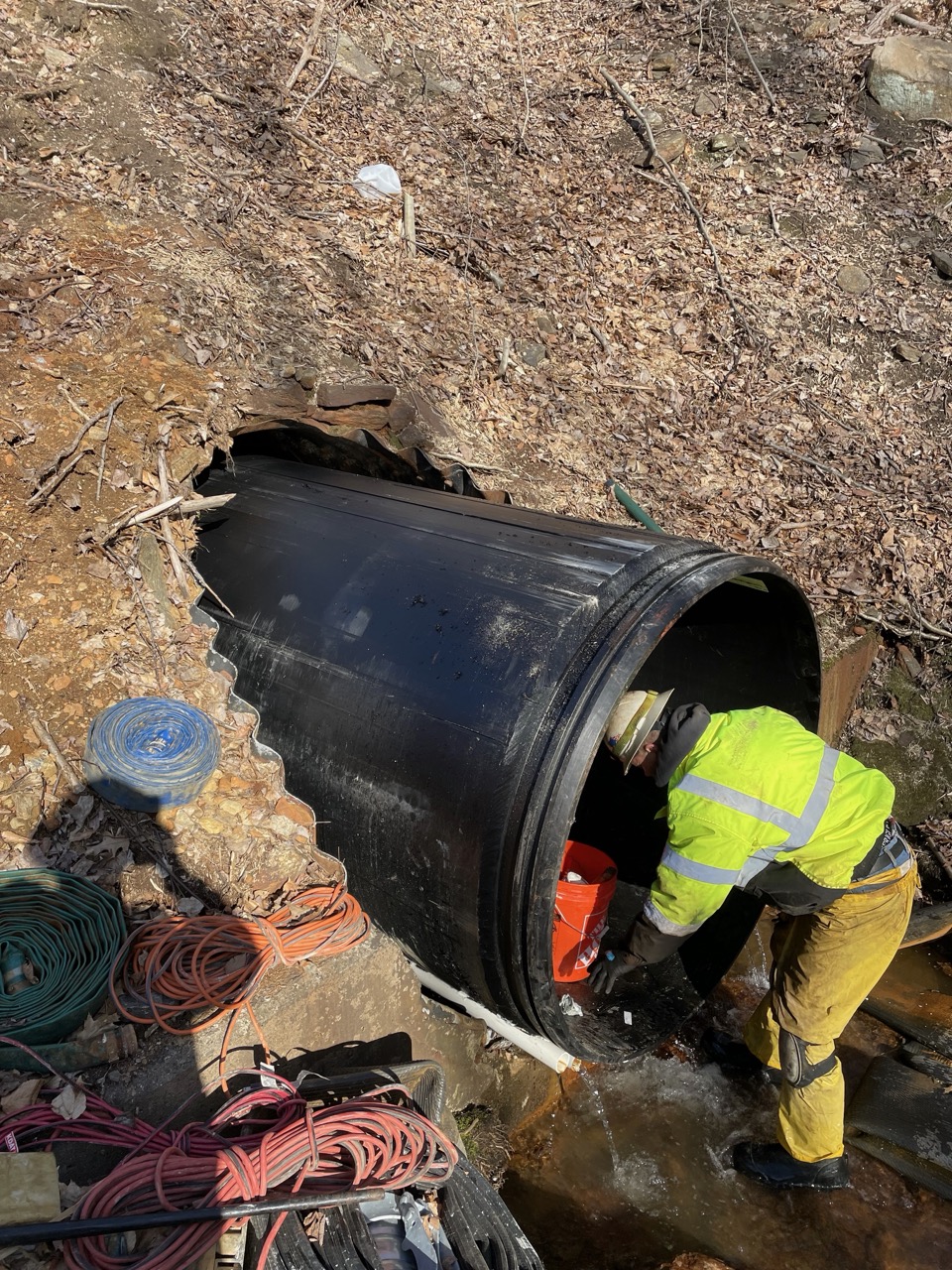
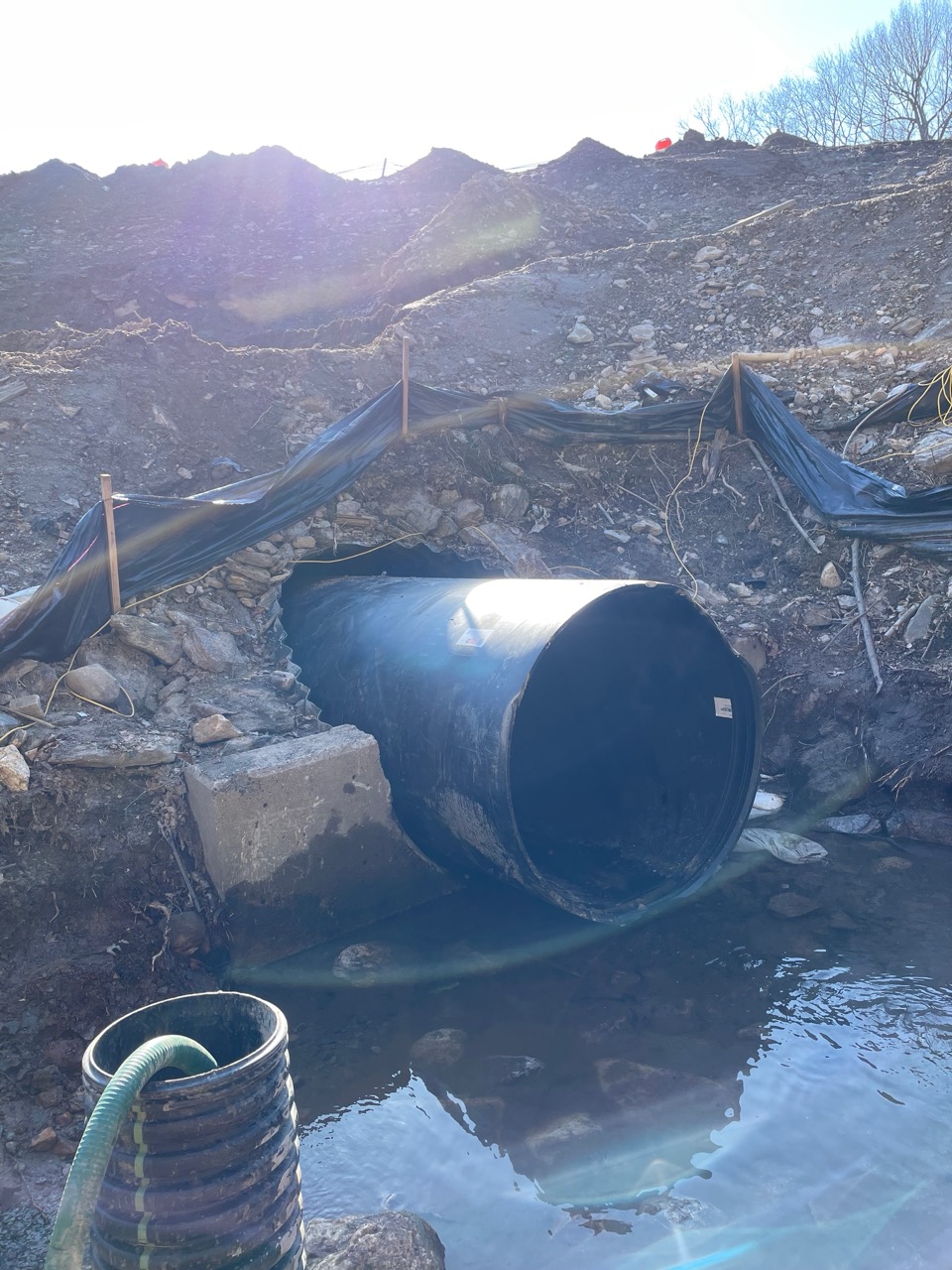
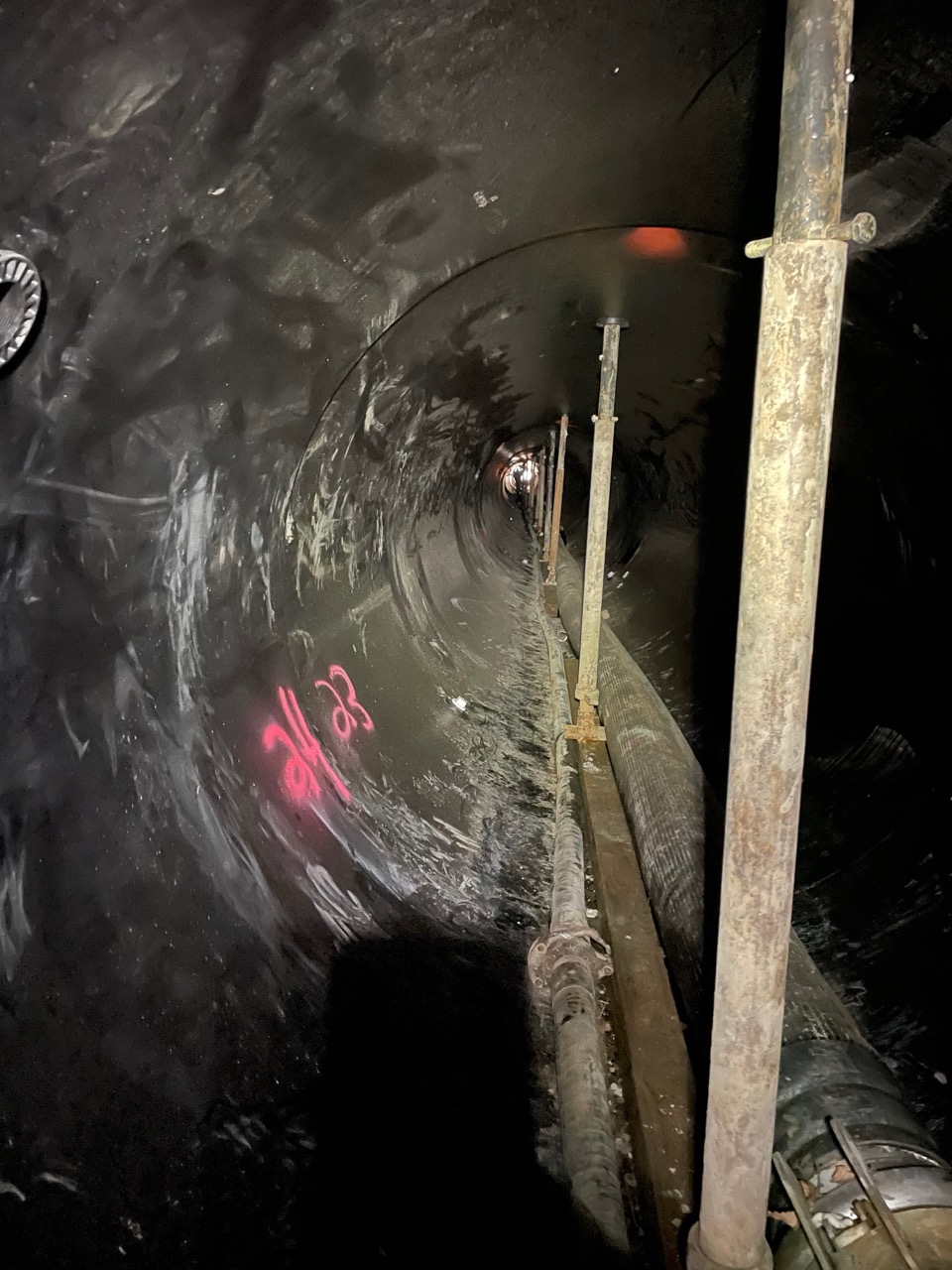
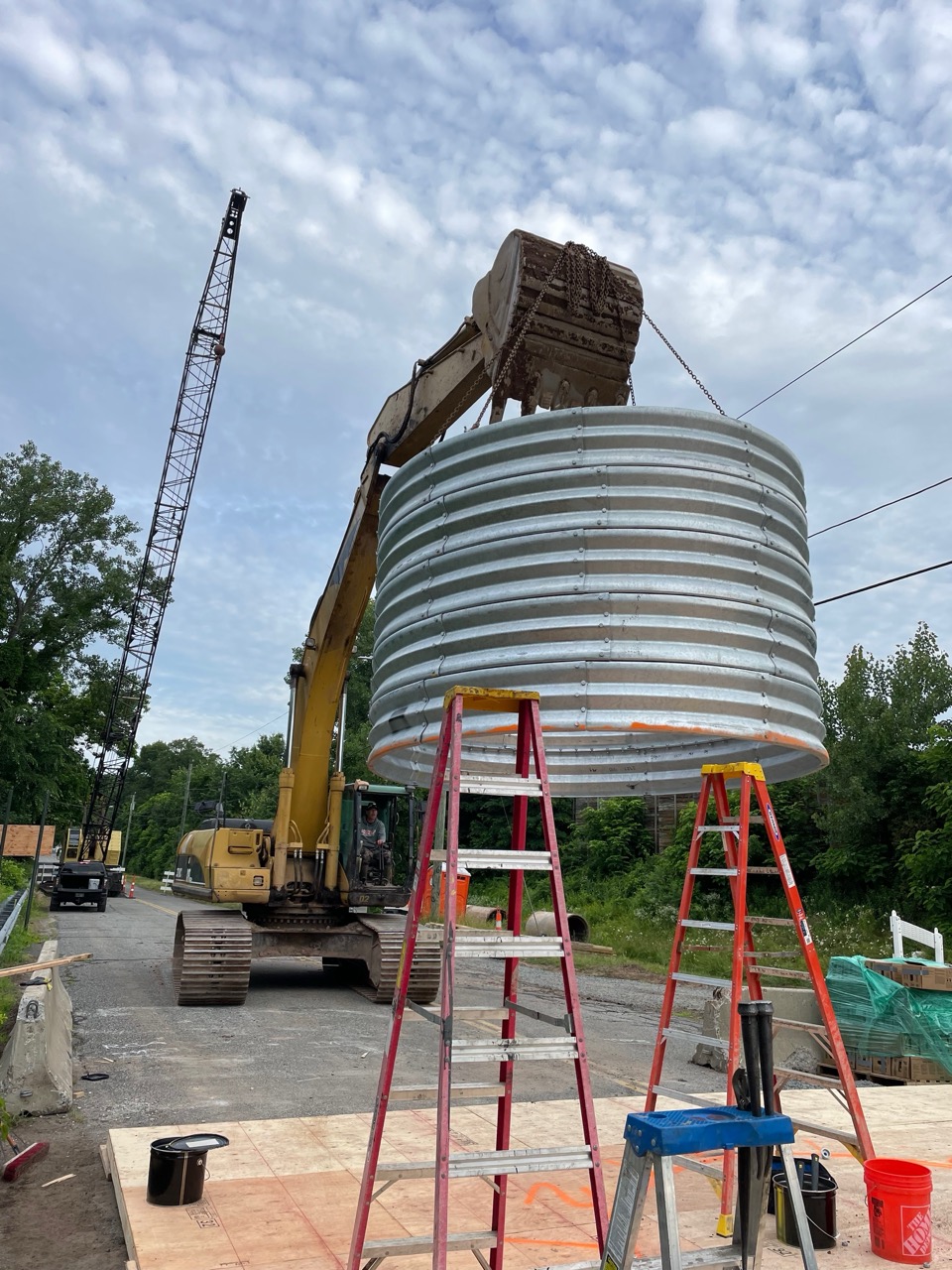
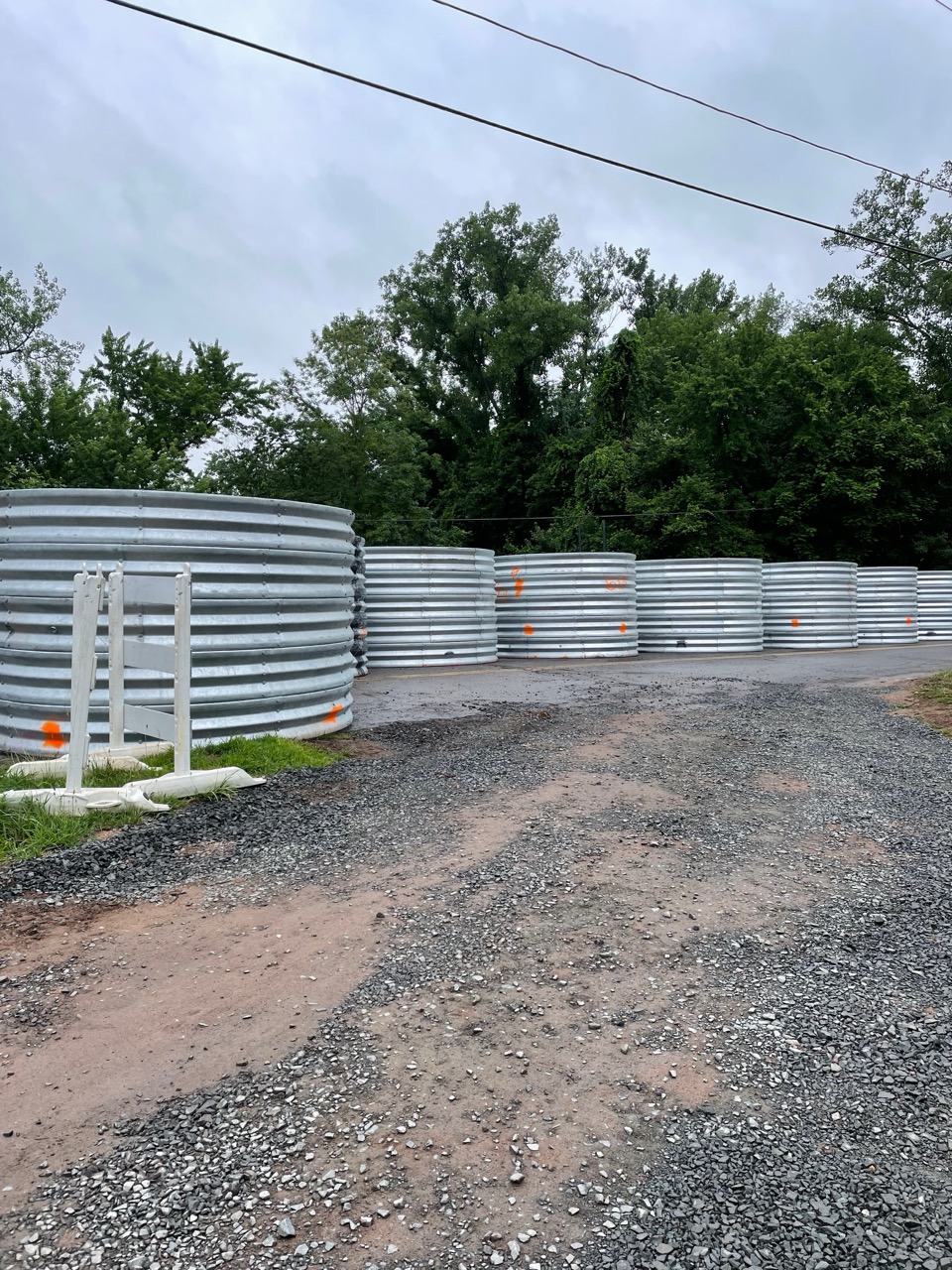
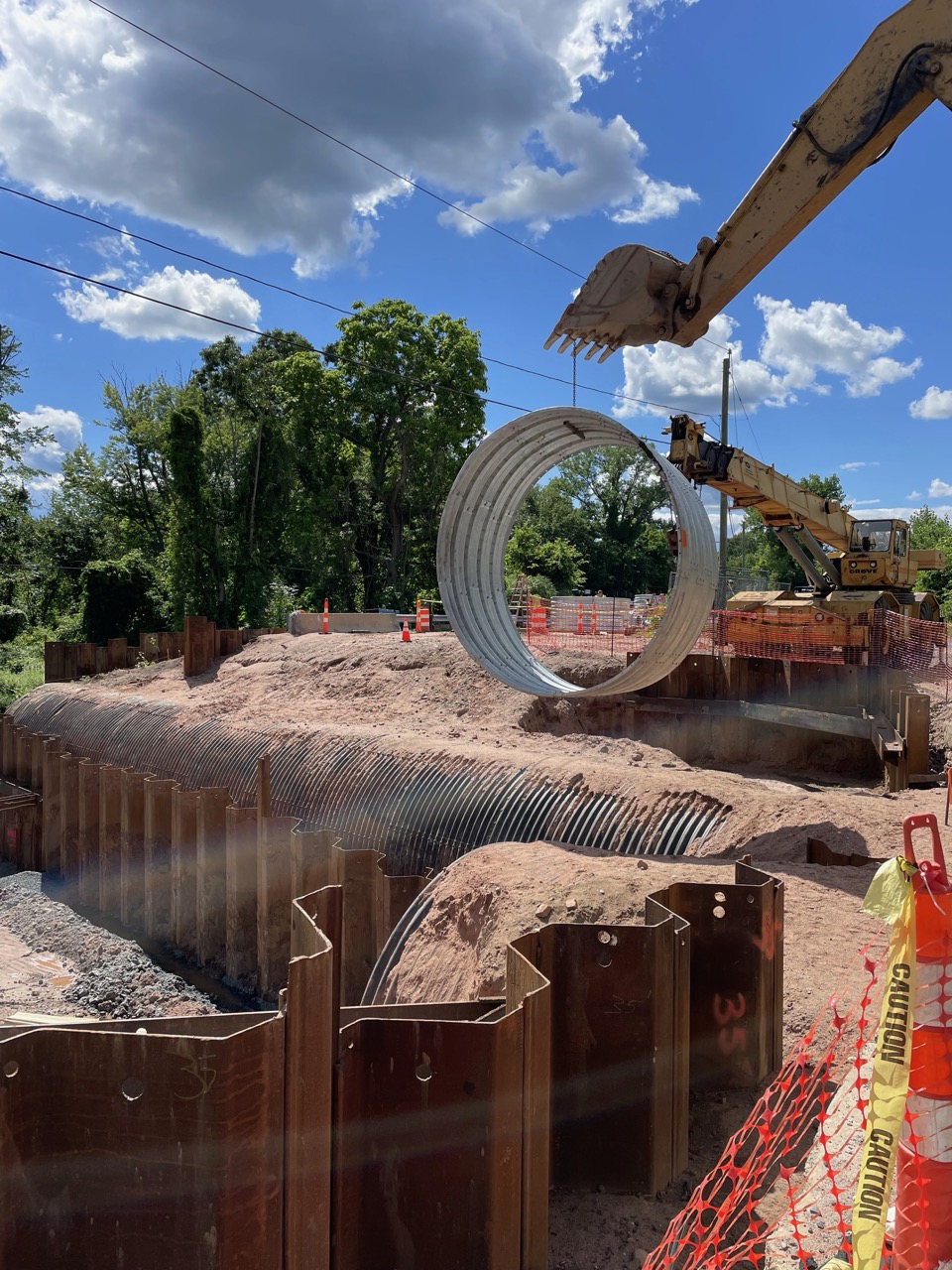
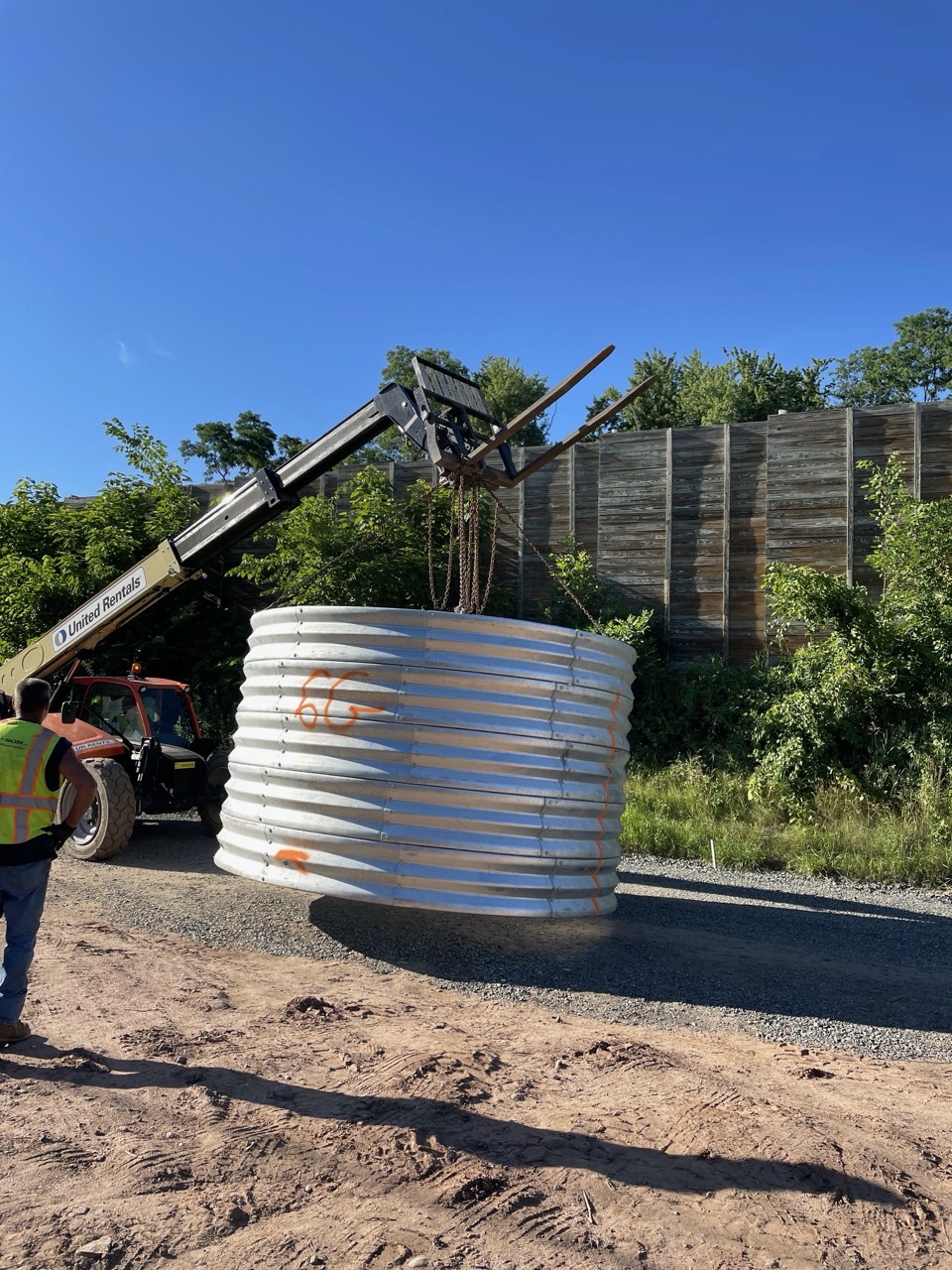
Sliplining extends the lifespan of a culvert by 50-100 years, depending on the material used and environmental conditions.
Yes, sliplining is a cost-effective alternative to full replacement, as it eliminates the need for extensive excavation and reduces labor costs.
No, sliplining often improves hydraulic efficiency by providing a smoother interior surface that enhances water flow.
Project timelines vary, but most culvert sliplining installations are completed within a few days to a few weeks, depending on size and complexity.
Sliplining can be performed in most weather conditions, but extreme temperatures or excessive water flow may require scheduling adjustments.
Common sliplining materials include HDPE, PVC, and composite liners, chosen based on the specific needs of the project.
Yes, sliplining reduces environmental impact by minimizing excavation, protecting wildlife habitats, and preventing soil disruption.
Yes, in addition to municipal and commercial projects, we also provide sliplining solutions for private properties and landowners in need of culvert rehabilitation.
Fill out the form and we will get back to you!